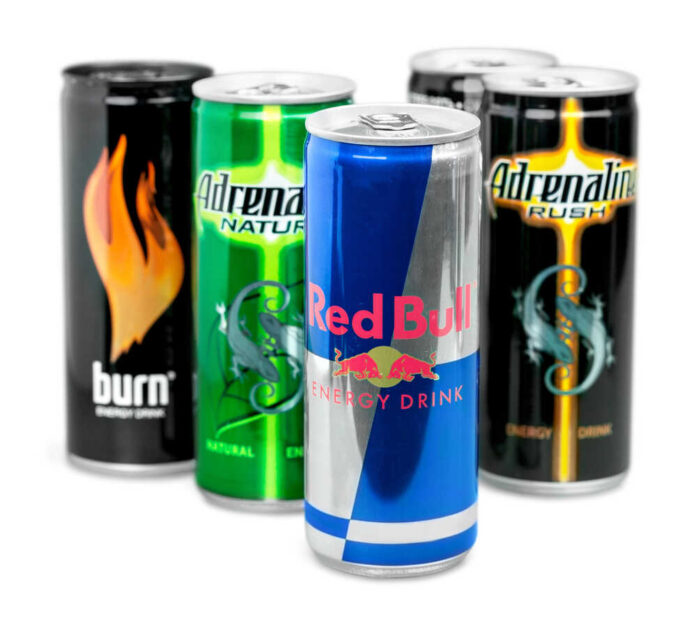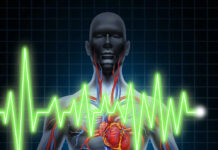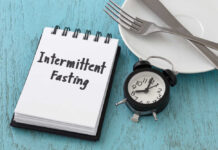
(GoHealthier.com)
Energy drinks are everywhere, and unfortunately, these drinks are far from innocuous, especially when consumed by kids. Energy drinks have been linked to a significant number of emergency room (ER) visits, particularly among adolescents and young adults. The Substance Abuse and Mental Health Services Administration (SAMHSA) reported that energy drink-related ER visits have been rising steadily over the past decade.
Here are some key statistics from SAMHSA and other studies:
1. General Trends: Between 2007 and 2011, ER visits related to energy drinks doubled, from about 10,000 to over 20,000 per year in the United States.
2. Teenagers and Young Adults: A large percentage of these ER visits involved people aged 12 to 39, with a significant portion being teenagers. This is because younger individuals may be more vulnerable to the high levels of caffeine and other stimulants in energy drinks.
3. Mixed Substances: Many ER visits occurred when energy drinks were mixed with other substances, such as alcohol or drugs, which can amplify the effects of caffeine and lead to dangerous outcomes, including heart palpitations, dehydration, and, in rare cases, cardiac arrest.
4. Symptoms Leading to ER Visits: Common symptoms prompting ER visits after consuming energy drinks include increased heart rate, high blood pressure, anxiety, dehydration, chest pain, and, in more severe cases, seizures or heart problems.
The FDA has also expressed concerns about the safety of energy drinks, especially when consumed by children, adolescents, and young adults.
Given these risks, it’s important for parents and guardians to monitor and potentially limit children’s access to energy drinks to avoid these dangerous health effects.
What ingredients in these energy drinks cause these dangerous effects? Some of the dangers include:
1. Caffeine Overload: Many energy drinks contain high levels of caffeine, which can cause jitteriness, anxiety, increased heart rate, high blood pressure, and even heart problems in children.
2. Sleep Disruption: Caffeine and stimulants can interfere with a child’s sleep patterns, leading to sleep deprivation, affecting mood, cognitive function, and overall well-being.
3. Sugar Content: Most energy drinks are loaded with sugar, contributing to obesity, tooth decay, and an increased risk of type 2 diabetes in children.
4. Dehydration: Energy drinks often have a diuretic effect due to caffeine, which can cause dehydration, especially if consumed during physical activities.
5. Behavioral and Attention Issues: Excessive caffeine and sugar can impact a child’s attention, behavior, and ability to concentrate, potentially worsening conditions like ADHD.
6. Other Ingredients: Ingredients like taurine, guarana, and ginseng, commonly found in energy drinks, may not have been thoroughly tested for safety in children, and their effects in combination with caffeine still need to be fully understood.
Many health organizations, including the American Academy of Pediatrics, recommend that children and adolescents avoid energy drinks altogether. Here are some healthy and natural ways for kids to boost their energy levels:
1. Balanced Diet: Proper nutrition is vital to maintaining energy. Encourage kids to eat a balanced diet that includes:
• Complex carbohydrates like whole grains, oats, and brown rice for sustained energy.
• Protein-rich foods such as lean meats, beans, nuts, eggs, and yogurt to support muscle growth and stamina.
• Fruits and vegetables for essential vitamins, minerals, and fiber.
• Healthy fats from avocados, nuts, seeds, and fish to support brain function and energy.
2. Stay Hydrated: Dehydration can quickly drain energy. Kids should drink plenty of water throughout the day, especially if they’re physically active. Herbal teas and fresh fruit-infused water are also good alternatives to sugary drinks.
3. Adequate Sleep: Getting enough sleep is crucial for children’s energy and mood. Depending on their age, kids need:
• 9-12 hours of sleep for children ages 6-12.
• 8-10 hours for teens.
A consistent bedtime routine can help promote better sleep quality.
4. Regular Physical Activity: Exercise boosts energy by improving cardiovascular health and oxygen flow. Encourage activities like:
• Playing sports, running, swimming, or biking.
• Simple games like tag, jumping rope, or playground play.
• Yoga or stretching exercises for relaxation and focus.
5. Limit Sugar and Processed Foods: While sugary snacks can provide a quick energy boost, they often lead to a crash afterward. Instead, encourage natural snacks like fruits, nuts, or yogurt, which provide sustained energy.
6. Mindful Breaks and Rest: Taking short breaks throughout the day, especially during homework or screen time, can help refresh the mind and prevent burnout. Encourage outdoor play or simple stretching during these breaks.
7. Manage Stress: Excessive stress can deplete energy. Teaching kids mindfulness techniques, such as deep breathing or meditation, can help them manage stress and stay energized.
8. Healthy Snacks: Nutritious snacks between meals, like apples with peanut butter, smoothies, or whole-grain crackers, can provide quick, lasting energy boosts without the sugar crash.
Following these practices can help children maintain high energy levels and support their overall health and well-being without relying on energy drinks or sugary snacks. Kids naturally have wings, so there is no need to boost them artificially.
Copyright 2024, GoHealthier.com














